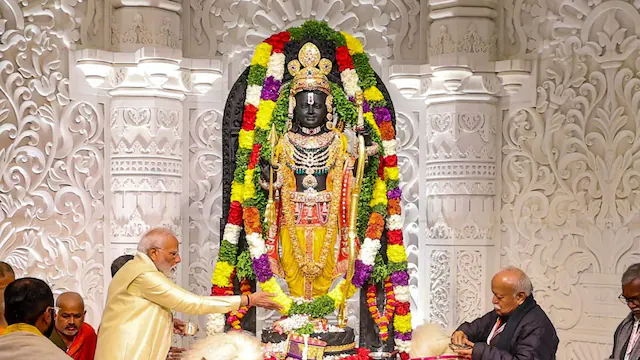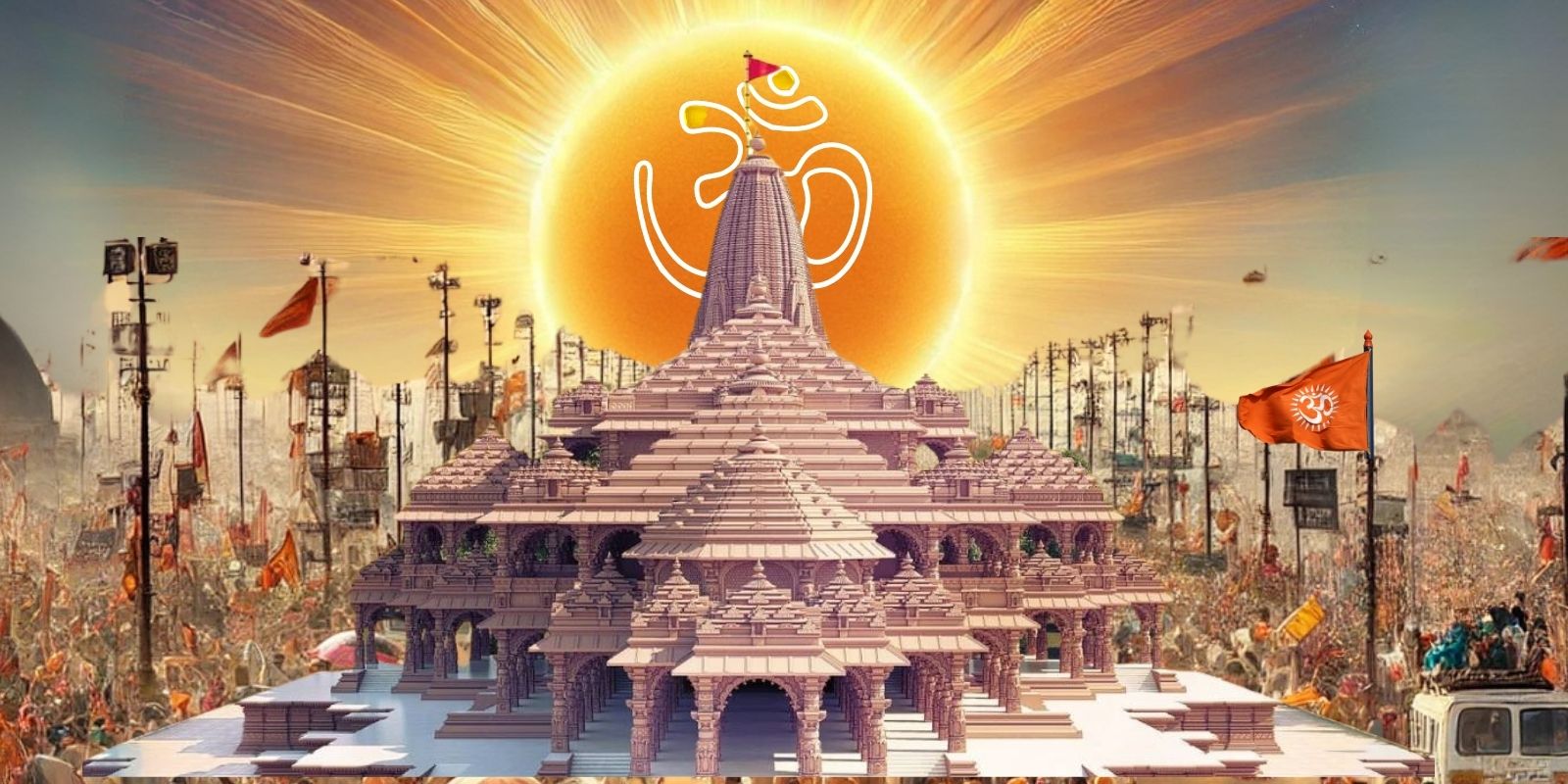“Ayodhya’s Shri Ram Mandir is a revered representation of faith, culture, and solidarity. Explore its rich history, grand architecture, spiritual significance, and impact on India’s cultural and economic landscape.”
The construction of Shri Ram Mandir in Ayodhya marks a historic and emotional milestone for millions of devotees worldwide. The temple, dedicated to Lord Ram, is not just a place of worship but a symbol of cultural heritage, unity, and devotion. After decades of legal battles and social discourse, the dream of a grand Ram Mandir has finally turned into reality, making it one of the most significant religious events in Indian history.
The Historical Significance of Ayodhya
Ayodhya, regarded as the birthplace of Lord Ram, has been a revered site for Hindus for centuries. According to the Ramayana, Lord Ram was born in Ayodhya as the son of King Dasharatha and Queen Kaushalya. The city has been a center of devotion, spirituality, and rich cultural traditions for thousands of years.
The significance of the Ram Janmabhoomi (birthplace of Ram) has remained deeply rooted in Hindu sentiments. Over time, the site became a matter of dispute, eventually leading to a prolonged legal and political battle. However, with the Supreme Court’s landmark verdict in 2019, the path was cleared for the construction of Shri Ram Mandir, bringing an end to decades of uncertainty.
The Construction of Shri Ram Mandir
The foundation stone for the grand temple was laid on August 5, 2020, in a historic ceremony attended by prominent leaders, saints, and dignitaries. The temple has been designed to reflect the glorious architecture of Indian temples, showcasing intricate carvings, massive pillars, and divine sculptures.
The temple’s construction is being carried out in multiple phases, ensuring that it stands as a majestic spiritual center for generations to come. Built using sandstone from Rajasthan, the temple structure is a blend of traditional craftsmanship and modern engineering. It features a towering sanctum sanctorum (garbhagriha), where the idol of Shri Ram Lalla is enshrined, along with magnificent halls and beautifully adorned pathways.
Architectural Beauty and Design
The Ram Mandir follows the Nagara style of temple architecture, a common design in North Indian temples. Key features include:
- Grand Entrance: The temple has intricately designed entrance gates, welcoming devotees into a divine space of peace and spirituality.
- Pillars and Domes: The temple consists of about 360 intricately carved pillars, each showcasing mythological stories and symbols of Hindu tradition.
- Sanctum Sanctorum: The central shrine, where the idol of Shri Ram Lalla is placed, radiates divinity and devotion.
- Sprawling Complex: The entire temple complex spans several acres, including gardens, a museum, and facilities for devotees.
Cultural and Spiritual Impact
The Shri Ram Mandir is more than just an architectural marvel; it represents India’s cultural resurgence and spiritual awakening. It is expected to attract millions of devotees and tourists from across the world, boosting religious tourism in Ayodhya.
The temple also stands as a beacon of faith, bringing people together irrespective of regional and cultural differences. For Hindus, it is a symbol of patience, perseverance, and devotion, as the temple’s construction is the result of centuries of unwavering belief in Lord Ram.
Economic and Developmental Impact on Ayodhya

With the temple’s construction, Ayodhya is witnessing rapid infrastructure development. The government has initiated multiple projects, including:
- Expansion of roads, railway stations, and an international airport to accommodate increasing footfall.
- Development of hotels, dharamshalas, and guesthouses for devotees and tourists.
- Enhanced facilities for pilgrims, including improved sanitation, transport, and medical services.
The temple has also opened new economic opportunities for locals, including businesses related to tourism, hospitality, and handicrafts. This transformation is turning Ayodhya into a global spiritual and cultural hub.
A Symbol of Unity and Harmony
Despite the historical disputes surrounding the temple, its construction is now seen as a moment of unity and reconciliation. Religious and community leaders have emphasized the importance of peace and harmony, highlighting that the temple should serve as a space for devotion and not division.
The Shri Ram Mandir stands as a testament to India’s rich spiritual legacy and the power of collective faith. It symbolizes the values of truth, righteousness, and dharma that Lord Ram embodied.
Conclusion
The Shri Ram Mandir in Ayodhya is not just a temple; it is a dream fulfilled, a vision realized, and a new chapter in India’s religious and cultural history. As millions of devotees visit the holy site, they will not only witness an architectural marvel but also experience the essence of devotion and spirituality that has been nurtured for generations.
With its divine presence and historical importance, the Ram Mandir will continue to inspire faith, unity, and cultural pride for centuries to come.








Leave a Reply